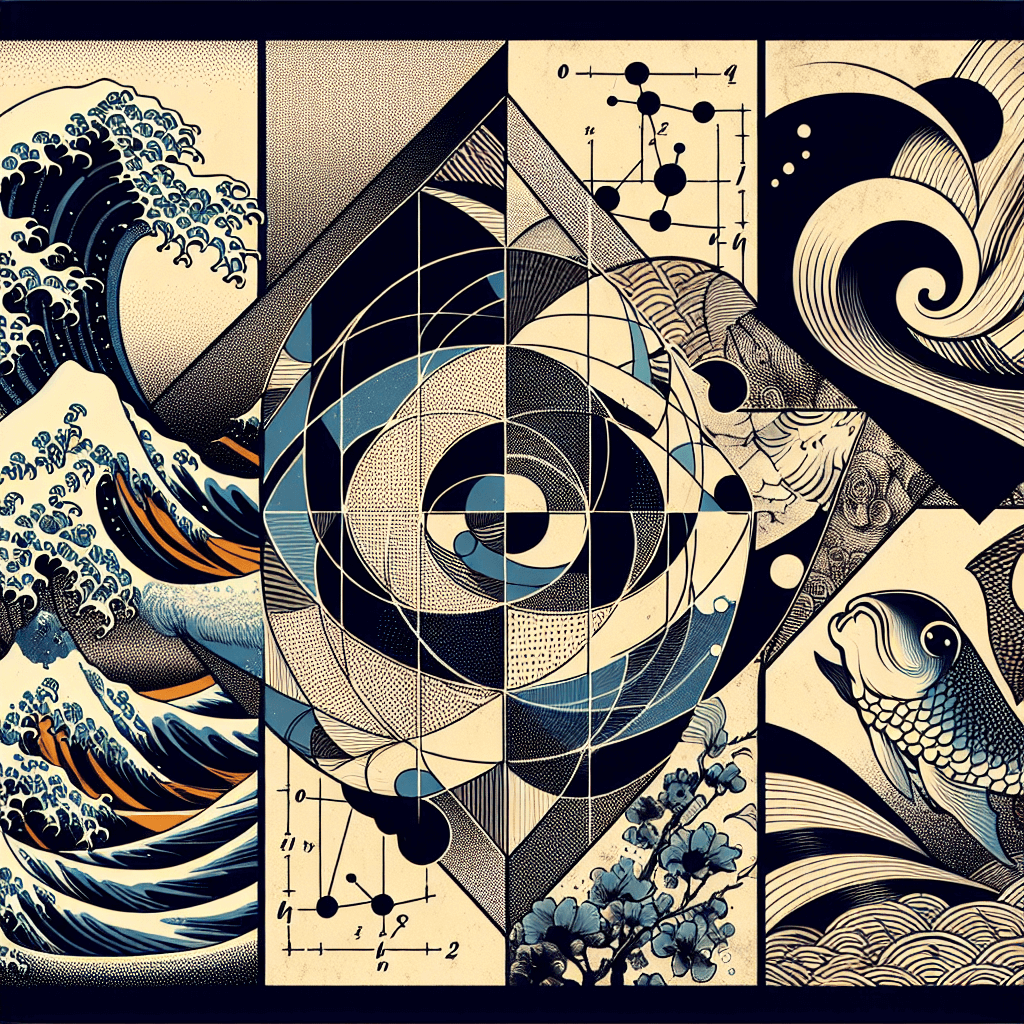Understanding Objects in Category Theory: A Comprehensive Exploration
syndu | Sept. 2, 2024, 12:34 a.m.

Understanding Objects in Category Theory: A Comprehensive Exploration
Introduction
Category theory, often described as "the mathematics of mathematics," provides a unifying framework for understanding and connecting various mathematical structures. One of the fundamental concepts in category theory is the notion of objects and their relationships. This blog post aims to delve into the concept of objects in a category, using metaphors such as points and lines to make these abstract ideas more accessible and engaging.
Objects: The Building Blocks of Categories
In category theory, an object can be any mathematical entity, such as a set, space, or group. Objects are the fundamental units that categories are built upon. Formally, a category \( \mathcal{C} \) consists of:
- Objects: These can be any mathematical entities.
- Morphisms: These are arrows that represent relationships or functions between objects. Morphisms must satisfy two properties:
- Composition: If there is a morphism from object A to object B and another from object B to object C, there must be a composite morphism from A to C.
- Identity: Each object must have an identity morphism that acts as a neutral element for composition.
Metaphor: Points and Lines
To visualize objects and their relationships, we can use the metaphor of points and lines:
- Points: Represent objects in a category. Just as points are fundamental units in geometry, objects are the fundamental units in category theory.
- Lines: Represent morphisms between objects. Just as lines connect points in geometry, morphisms connect objects in category theory.
Visualizing Objects and Morphisms
Consider a simple category with three objects: \( A \), \( B \), and \( C \). We can represent these objects as points and the morphisms between them as lines:
A ----> B ----> C
A ----> B ----> C: In this diagram, \( A \), \( B \), and \( C \) are objects. The arrows (lines) represent morphisms between these objects.
Identity and Composition
Each object has an identity morphism, which can be visualized as a loop at the point representing the object:
| | |
| | |
A B C
In this diagram:
- The loops at \( A \), \( B \), and \( C \) represent the identity morphisms \( \text{id}_A \), \( \text{id}_B \), and \( \text{id}_C \), respectively.
Composition of morphisms can be visualized as the concatenation of lines. For example, if there is a morphism from \( A \) to \( B \) and another from \( B \) to \( C \), their composition is a morphism from \( A \) to \( C \):
| |
| |
A --------------> C
Applications and Impact
Understanding objects and morphisms in category theory is crucial for exploring more advanced topics and applications. For example:
- Functoriality: Functors map objects and morphisms from one category to another, preserving their structure.
- Natural Transformations: Provide a way to transform one functor into another while preserving the structure of the categories involved.
- Limits and Colimits: Generalize various mathematical concepts such as products, coproducts, intersections, and unions.
Conclusion
Objects are the building blocks of categories, and understanding their relationships through morphisms is fundamental to category theory. By using metaphors such as points and lines, we can make these abstract concepts more tangible and relatable. This foundational understanding is crucial for exploring more advanced topics in category theory and its applications across various fields.
Next Steps for Blog Series
To delve deeper into category theory, we will continue our blog series with the following topics:
- Functors: Mapping Between Categories
- Natural Transformations: Connecting Functors
- Limits and Colimits: Universal Properties in Categories
- Monoidal Categories: Algebraic Structures in Category Theory
Action Items
- Research and Understand the Topic: Gain a deep understanding of each specific topic.
- Draft the Blog Post: Write detailed and engaging content using metaphors and visual aids.
- Create Visual Aids: Develop visual aids to illustrate the concepts.
- Generate a Captivating Title: Create an informative and intriguing title.
- Review and Edit: Proofread and edit for clarity and correctness.
- Publish and Promote: Publish the blog post and promote it to reach the target audience.
Goal: To create a comprehensive and engaging content series that attracts and inspires readers, encouraging them to explore category theory through relatable and visual metaphors.
Promotion Plan
- Social Media: Share the blog post on platforms like Twitter, LinkedIn, and Facebook with engaging captions and relevant hashtags.
- Newsletters: Include the blog post in the next edition of our newsletter to reach our subscribers.
- Online Communities: Post the blog link in relevant forums and communities such as Reddit, Stack Exchange, and specialized category theory groups.
- Collaborations: Reach out to influencers and experts in the field to share the blog post with their audience.
- SEO Optimization: Ensure the blog post is optimized for search engines to attract organic traffic.
By following this plan, we aim to maximize the reach and impact of our blog post, engaging a wide audience interested in category theory and its applications.